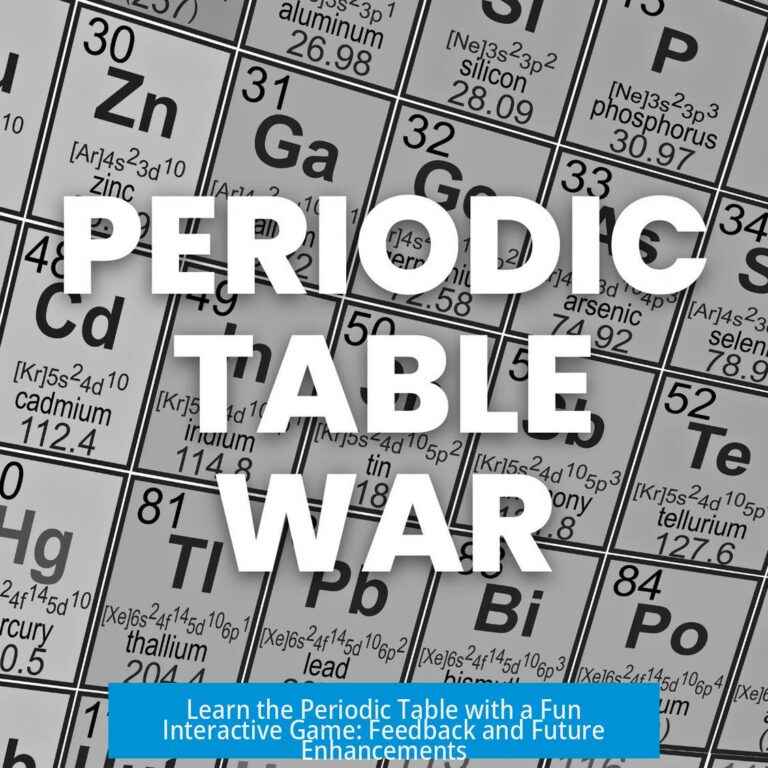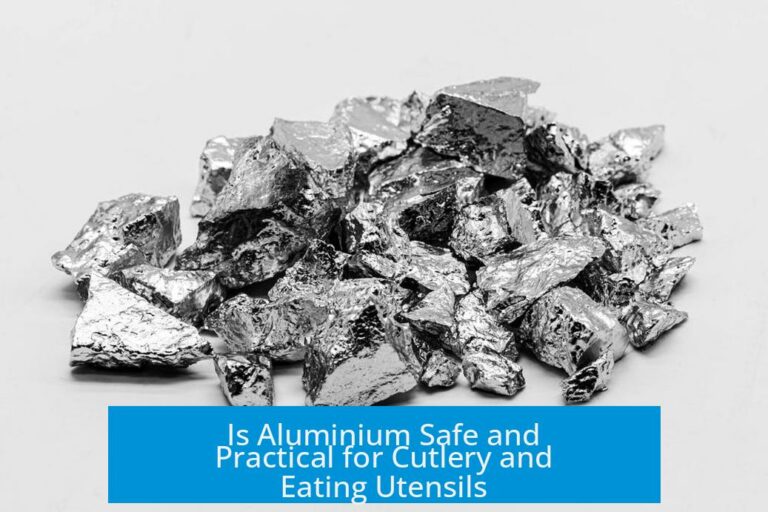What Can Someone Do to Neutralise an Acid Attack?
The immediate response to an acid attack is to flush the affected area with large amounts of water. This action dilutes and removes as much acid as possible from the skin, reducing damage.
Immediate First Aid: Flushing with Water
Water is the safest and most effective first aid measure after an acid attack. Victims should rinse the area continuously for at least ten minutes. If the acid is on arms or other body parts, use a sink or bath. For extensive exposure, quickly access a safety shower or any available water source.
- Rinse thoroughly but gently, avoiding rubbing the affected area.
- For acid near the eyes, wash the surrounding skin carefully first.
- Do not push any residue into the eyes during rinsing.
Using bottled water, shower facilities, or even public sources like cafes for emergency rinsing can save tissue from severe damage by quickly removing acid.
What Not to Do: Avoid Applying Bases Directly
Applying baking soda or other bases directly on the skin is dangerous. The neutralization reaction produces heat (an exothermic reaction), which can burn tissue further. This can cause more pain and injury than the acid alone.
- Neutralizing acid spills on surfaces with bases is fine, but never on the skin.
- Bases can be as caustic as acids and cause chemical burns.
Neutralization Considerations and Variability
Not all chemical attacks use acid; some involve bases like drain cleaners. Quick identification of the chemical is difficult for a victim without chemical training. Water remains the primary universal neutralizer since it dilutes both acids and bases.
Water molecules can act as acids or bases themselves (ampholytes), making them versatile in neutralizing chemicals.
Preventive Measures and Preparedness
Preventive steps reduce risks and improve outcomes:
- Carry baking soda solution in a sealed bottle for emergencies but apply only with water afterward.
- Wear protective items such as silicone-based skin toners or vaseline to create a partial barrier.
- Use goggle-like eyewear secured with straps to protect the eyes against splashes.
- Remove jewelry and contact lenses immediately after exposure to reduce trapping acid.
- Be vigilant of surroundings and avoid isolated or vulnerable situations.
Key Takeaways
- Flush acid-exposed areas with water for at least 10 minutes immediately.
- Do not apply bases directly to skin to prevent heat burns.
- Water dilutes both acids and bases and is the safest neutralizer.
- Use protective barriers and eyewear to lower risk of attack or injury.
- Stay alert and prepared with first aid knowledge and emergency supplies.
What is the best immediate action to neutralise an acid attack?
Rinse the affected area with water for at least ten minutes. Use a safety shower or sink depending on the area. Quick and thorough washing helps reduce skin damage.
Can bases like baking soda be used directly on acid burns?
No, applying bases directly may worsen burns due to heat from chemical reactions. Only use water initially; avoid bases on skin as they can cause additional harm.
How should eyes be treated after an acid attack?
Wash the area around the eyes first without pushing material into the eyes. Rinse eyes gently after removing contaminants nearby to avoid further injury.
Are there preventive steps to reduce acid attack risk or damage?
Use goggles secured with a cord, apply protective skin lotions like Vaseline, and be aware of surroundings. Carry water for quick rinsing if needed.
Is water the only substance effective at neutralizing acids on skin?
Yes, water acts as both acid and base neutralizer. It is safest and most practical for first aid compared to other chemicals that may react dangerously.





Leave a Comment